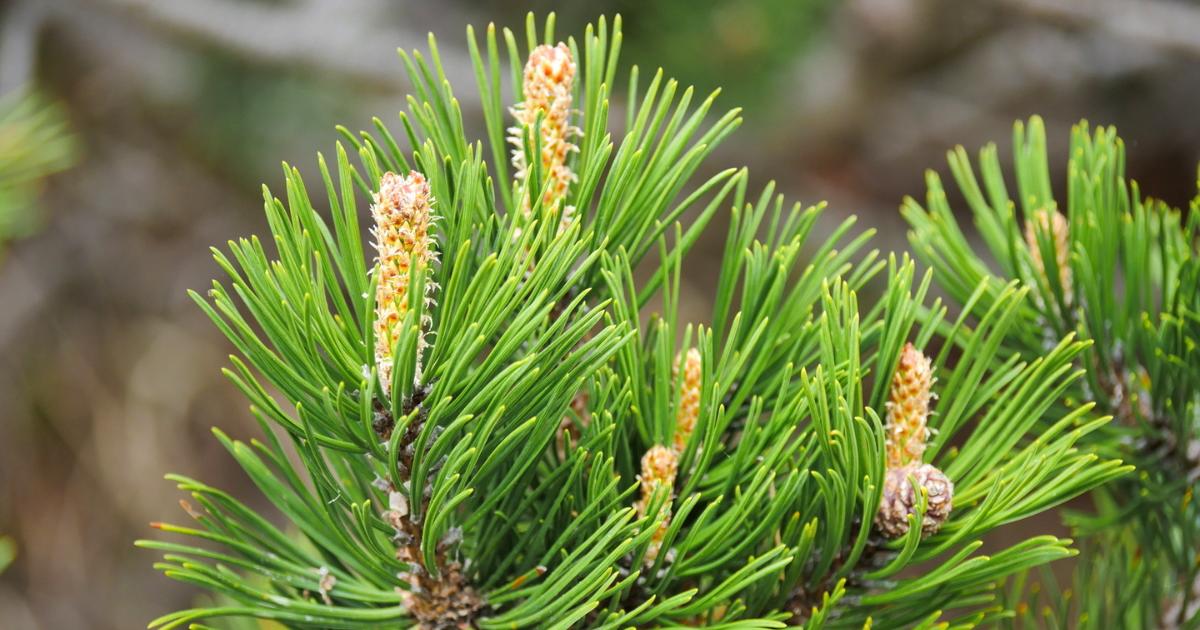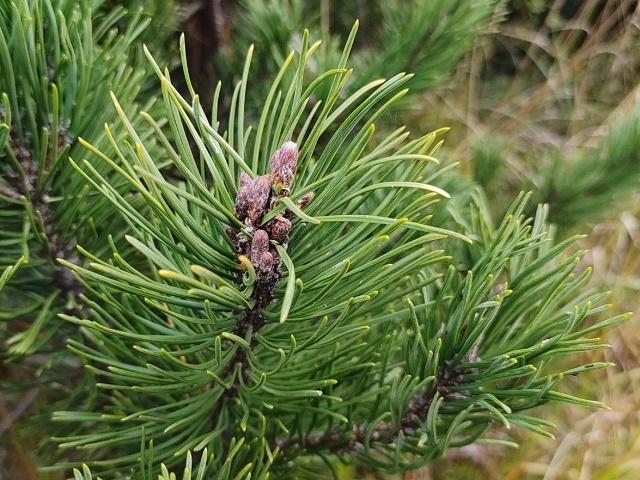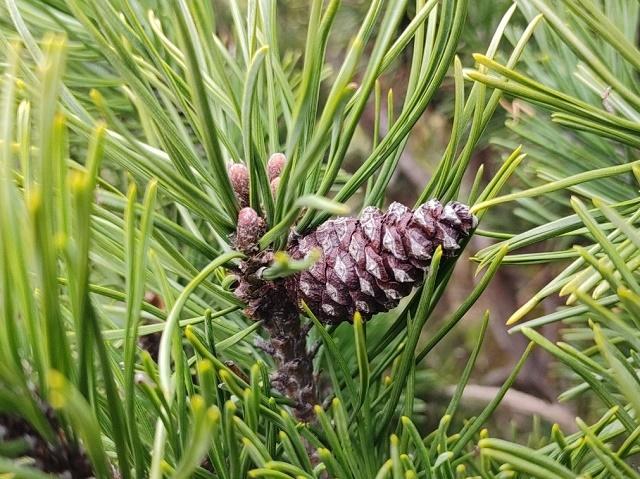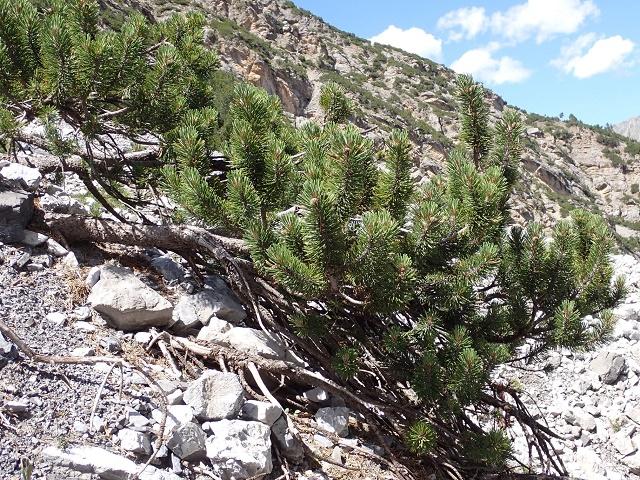Characteristics of Dwarf Mountain Pine (Pinus mugo)

Dwarf Mountain Pine or what we know as Mugo Pine is one of the many species of mountain pine trees that originate from Central and Southeast Europe. It is a conifer tree that is most often used as a bonsai subject.
The spread of Dwarf Mountain Pine includes the subalpine zones of the Pyrenees, Alps, Erzgebirge, Carpathians, northern and central Apennines, and the higher mountains of the Balkan Peninsula such as Rila, Pirin, Korab, Prokletije, etc.
The mountain pine dwarf is usually found at an altitude of 1,000 to 2,200 m asl, sometimes it also grows in plains as low as 200 m asl in northern Germany and Poland. Apart from there, in southern Bulgaria and the Pyrenees, this tree grows at an altitude of more than 2,700 m above sea level.
Dwarf Mountain Pines is widely grown on the Danish coast to stabilize sand dunes, and have also been naturalized to be an invasive species.
There are three subspecies which are currently successfully identified, they are:
- Pinus mugo subsp. mugo – grows in the east and south from the southern & eastern Alps to the Balkan Peninsula. The tree growth is low (no more than 6 meters), forming shrubs, multi-stemmed, and symmetrical cones.
- Pinus mugo subsp. uncinata – Growing west and north from the northeast Pyrenees to Poland, the tree grows large (up to 20 meters), usually single-stemmed with asymmetrical cones, and the rind is much thicker than that of other species. Due to its rather large differences, some botanists treat this subspecies as a separate species, namely Pinus uncinata.
- Pinus mugo subsp. rotundata – This is a hybrid subspecies, the result of the two subspecies above which terraced extensively in the western Alps and northern Carpathians.
Dwarf Mountain Pine are widely cultivated to be used as ornamental tree in home yards or public gardens. The tree is also frequently used in Japanese garden-style landscapes but is mostly used as a bonsai tree.
The Mountain Dwarf Pine is classified as a wild conifer that spreads as an invasive species in the highlands of New Zealand, coastal Denmark, and other areas of Scandinavia.
Characteristics of Dwarf Mountain Pine Leaves

The foliage is dark green, needle-shaped (typical of conifers), paired, and between 3-7 cm long.
Characteristic of Dwarf Mountain Pine Fruit

The fruit is a light brown cone 2-5 cm long.
Characteristics of Dwarf Mountain Pine Tree

The tree grows in a wide variety of forms but is more commonly found as a large shrub growing no more than 5-6 meters in dry mountains.
BENEFITS OF DWARF MOUNTAIN PINE TREES
A recent trend is the use of mugo pine seeds as a food ingredient. Young shoots and cones are harvested from the wild in spring and allowed to dry in the sun during the summer into fall. After the seeds from the fruit grow into sprouts, they are boiled to concentrate and combined with sugar to make pine syrup. This syrup is usually sold as “pinecone syrup”.
Leave a Reply